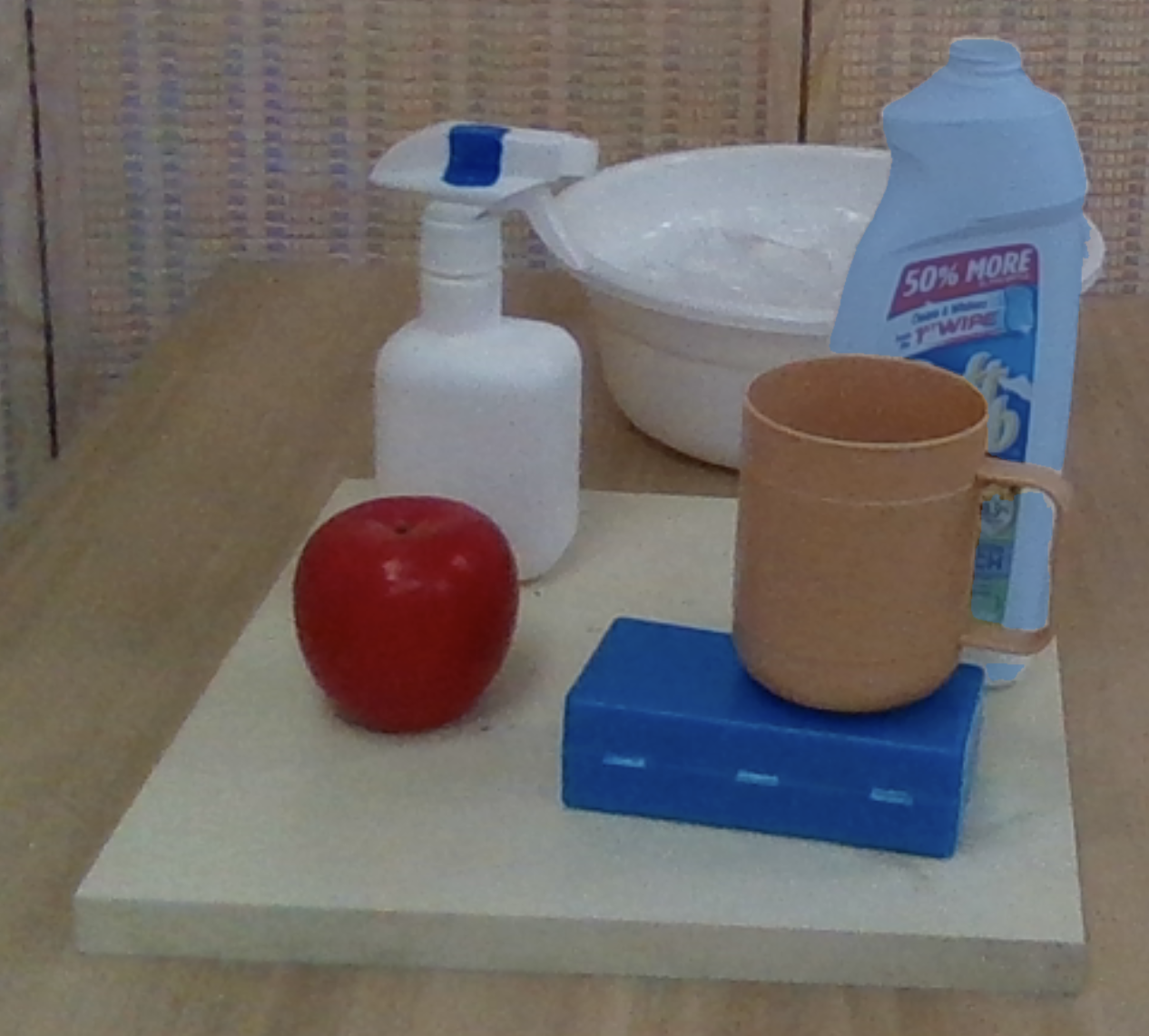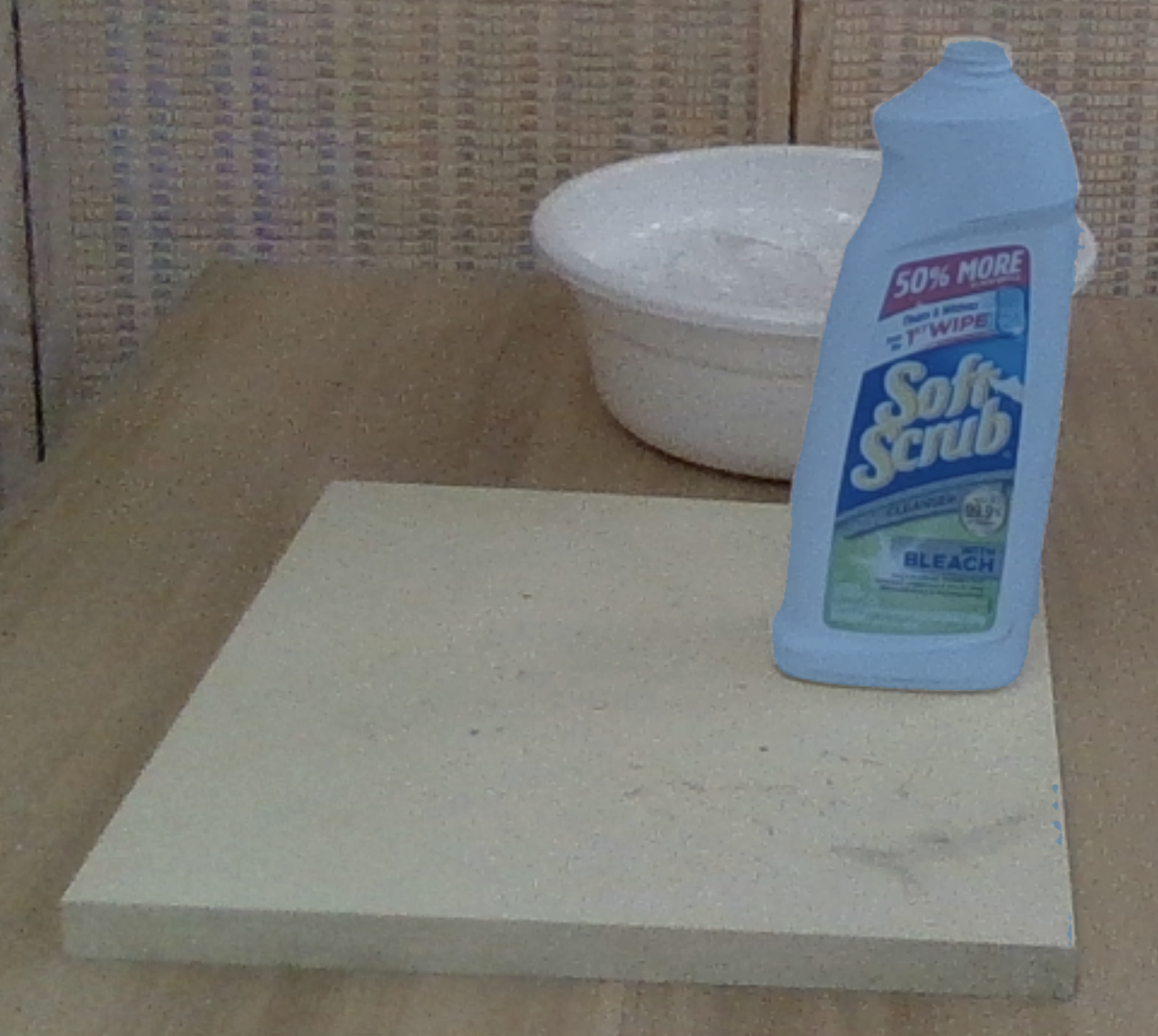TARGO Dataset

We present a novel dataset, TARGO, to thoroughly investigate the occlusion challenge in robotic grasping. The synthetic dataset can be used to train and evaluate the target-driven grasping models under various occlusion levels, and the real-world one can be tested for zero-shot transfer to evaluate grasping performance in practice.
The TARGO-synthetic training and test datasets are generated using the physical simulator PyBullet, which samples collision-free grasps in a $30 \times 30 \times 30 \mathrm{~cm}^3$ tabletop workspace. We generated the packed scenes using 114 training and 16 test objects provided by VGN. The TARGO-Synthetic training dataset is available for download here.
The TARGO-Real dataset includes object models and object poses in scenes provided by DexYCB. Using the real-world observations, we created the corresponding scenes in PyBullet to evaluate various baseline methods.

